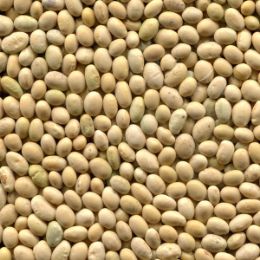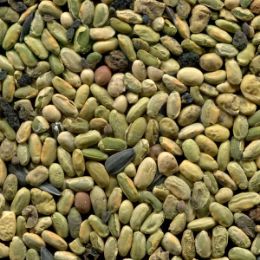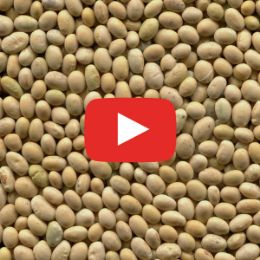Result of soybean cleaning
from impurities with color sorter
Sorting of brown soybean for seeds on a SmartSort B color sorter
Каталог фотосепараторов на сою

MiniSort
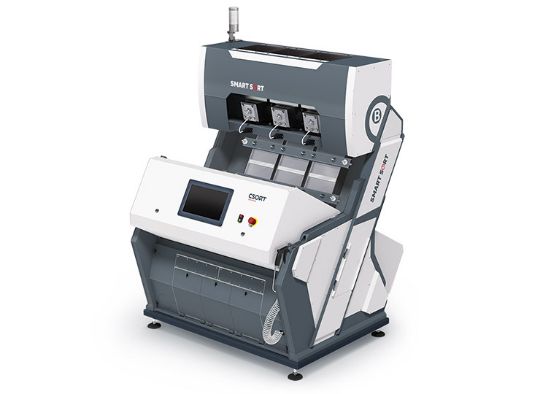
SmartSort B 1-3
Флагманский фотосепаратор с возможностью установки от 1-го до 3-х лотков. Высокая производительность сортировки при большой засоренности исходного продукта. Высокая точность сортировки с возможностью различать мельчайшие градации в оттенках продукта.
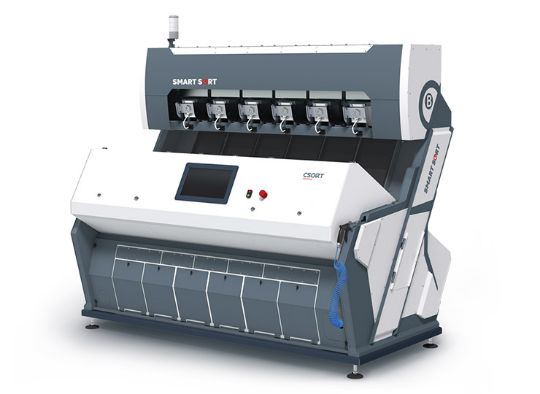
SmartSort B 4-6
Флагманский фотосепаратор с возможностью установки от 4-х до 6-и лотков.Высокая производительность сортировки при большой засоренности исходного продукта. Высокая точность сортировки с возможностью различать мельчайшие градации в оттенках продукта.
Soybean is a species of legume native to East Asia, widely grown for its edible bean, which has numerous uses. Traditional unfermented food uses of soybeans include soy milk, from which tofu and tofu skin are made. Fermented soy foods include soy sauce, fermented bean paste, nattō, and tempeh. Fat-free (defatted) soybean meal is a significant and cheap source of protein for animal feeds and many packaged meals. For example, soybean products, such as textured vegetable protein (TVP), are ingredients in many meat and dairy substitutes.
Soy beans contain significant amounts of phytic acid, dietary minerals and B vitamins. Soy vegetable oil, used in food and industrial applications, is another product of processing the soybean crop. Soybean is the most important protein source for feed farm animals (that in turn yields animal protein for human consumption). There are up to 600 different cultivars of soybeans. Soybean mostly grows in Russia, China, Korea, Japan, the USA and some other countries.
In 2019, world production of soybeans was over 334 million tonnes, led by Brazil and the United States combined with 63% of the total. Production has dramatically increased across the globe since the 1960s, but particularly in South America after a cultivar that grew well in low latitudes was developed in the 1980s. The rapid growth of the industry has been primarily fueled by large increases in worldwide demand for meat products, particularly in developing countries like China, which alone accounts for more than 60% of imports.
Color sorters
for soybean cleaning

